In “Betraying the Brand or Smart Business? Part I” Drivin’ News sought to explore the impact of BMW’s new oversized grill and new design badge on the BMW brand. In examining the nature of branding, Part I looked back at how Mercedes-Benz in the 1990s had responded to market forces for which its engineering focus had been deemed untenable. How they dealt with it required many broken eggs to create the new Mercedes-Benz brand omelet of the late 1990s. The resulting outcome, though painful, did seek to morph the brand into representing a more consumer oriented maker of luxury automobiles while preserving its iconic 3-pointed star.
Part II visits Volvo and its branding challenges in the years just before and after being purchased by Ford in 1999.
Betraying the Brand or Smart Business? Part II
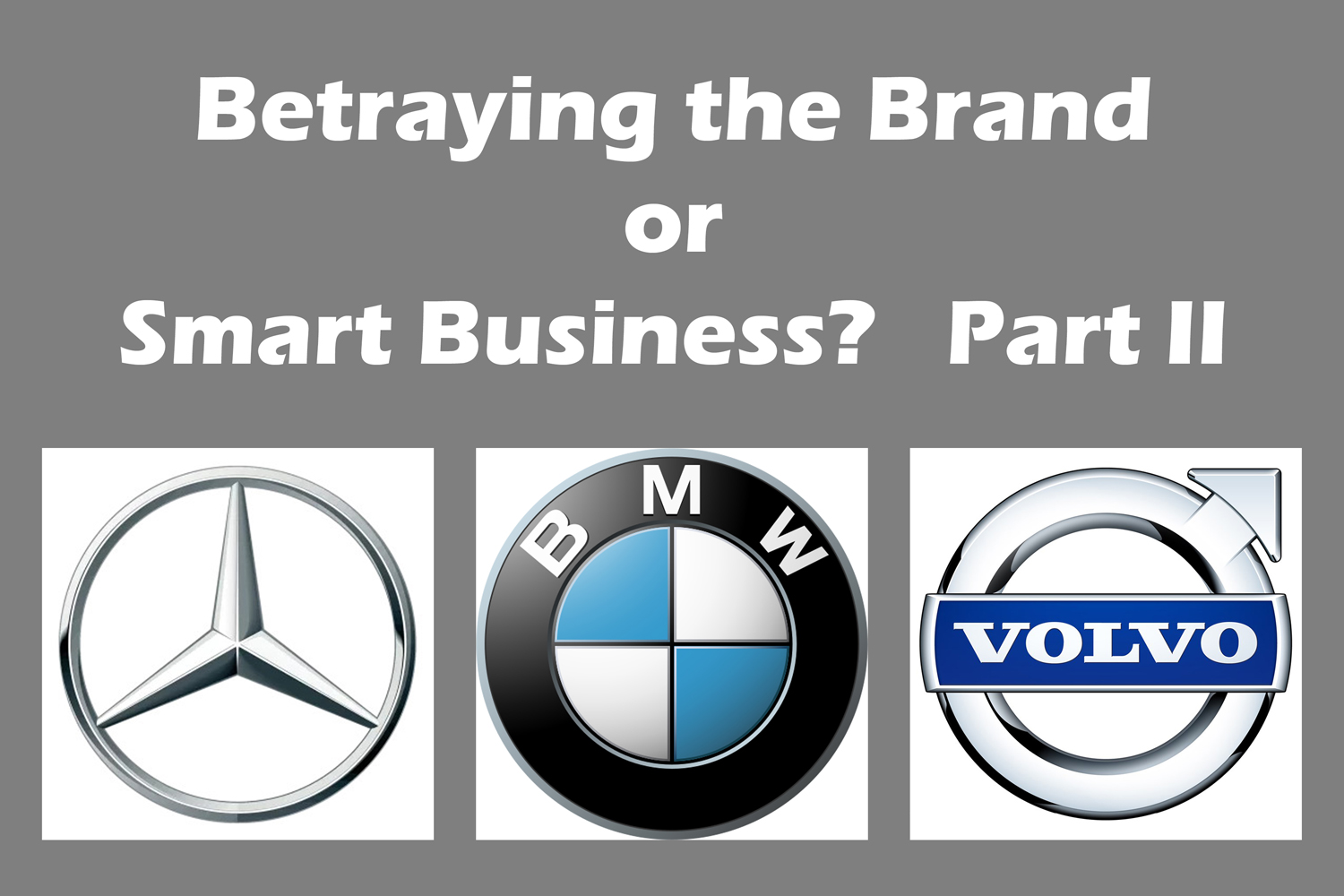
The experience of another great brand, Volvo, with its iconic Iron Mark logo offers important lessons in the value of fidelity to brand values.
When I came on board with Volvo Cars of North America in 1980, the previous decade of the 1970s had seen Volvo featuring taglines like “The car for people who think,” and in 1978 “A car you can believe in.” Reflecting the somewhat cerebral nature of its taglines’ appeal, Volvo courted a niche to which it played well. Its accessory catalog could easily have included Volvo branded leather elbow patches and pipe cleaners.

1979 Volvo “Love Letters” ad
With the 1980s, it seemed the world discovered the safe, durable, reliable, rugged, environmentally conscious and comfortable Swede. While always a small player in a much larger automobile universe, Volvo always punched above its weight. It enjoyed extraordinary brand recognition, far beyond what its modest sales volume would normally merit.
To think of any other car brand proudly displaying an “I Love my car” bumper sticker would have been unthinkable. I love my Lincoln? I love my BMW? I love my anything? It did not work. But “I love my Volvo,” absolutely. Owners loved their Volvos. So much so that they would pen love letters to Volvo headquarters especially ones featuring a common theme. Safety! Unsolicited, Volvo owners would send photos of terrible accidents they had experienced accompanied by letters thanking Volvo for the safe cars they built while proclaiming, “Volvo Saved My Life.” A steady stream of such letters inspired Bob Austin, then, Director of Marketing Communications at Volvo Cars of North America to start the “Volvo Saved My Life Club” in 1990. Austin said, “The club was a way to recognize a very special group of people and say thank you in a very respectful way.”
At the same time Volvo delighted in recognizing another group of owners. This group shared a very different Volvo attribute, longevity. These Volvo owners put hundreds of thousands of miles on the Volvos they loved. This lead to Volvo establishing the Volvo High Mileage Club that awarded handsome badges in 100,000 increments to drivers with high mileage Volvos. One such driver stood tall as a renowned figure among car people in general and Volvo people in particular. His name was Irv Gordon. Gordon had long held and most likely will always hold the Guinness World Record for most miles driven in a single car. Over the span of six decades Gordon put 3.2 million miles on his 1966 Volvo P1800.

Irv Gordon and his 1966 Volvo P1800
By the early 1990s, I had started my own business which enjoyed Volvo as a client. Still Swedish to its core, Volvo offered a new family of good looking and popular 850 sedans and wagons that all remained faithful to the Volvo brand values.
Volvo’s tagline of the 1990s “Drive Safely” proffered friendly and thoughtful counsel. In reinforcing long held brand values, the tagline really cut to the chase. In the Pantheon of Volvo core values intelligent comprehensive world class safety design stood the tallest. Going back to the very beginning in 1927, safety stood foremost in the minds of Volvo founders Assar Gabrielsson and Gustaf Larson when they stated, “Cars are driven by people. Therefore, the guiding principle behind everything we make at Volvo is, and must remain, safety.”
If asked, “What do you think of when you hear the name Volvo?” For all members of the Volvo family of employees and much of the public the answer would be “Safety, durability and quality.” In 1995 Bill Hoover, then Volvo Cars of North America Executive Vice President, speaking for all those Volvo executives who had come before him in carrying the Volvo banner, was asked. “How does a company with such relatively small annual sales get such high brand name recognition?” Hoover said, “We are not trying to be the auto du jour. Our image has consistently been one of safety, durability and quality.” Researchers at Yankelovitch Partners, a major research firm at the time, assessed the reason for Volvo’s success. Their conclusion? “Volvo promoted their car as the choice for safety, durability and quality and they delivered.”
However, during the 1990s winds of change started buffeting Volvo in North America. Traditional Volvo brand advocates had been organized out of the North American operation. Longtime CEO Joseph Nicolato retired in 1991. Hoover was provided an “opportunity” to manage Volvo’s Asia/Pacific marketing operations in Singapore and Austin chose not to join Volvo in its move to Irvine, California after Ford, under CEO Jack Nasser, bought Volvo in 1999. The cost, $6.5 Billion. Ford’s purchase of Volvo represented a watershed moment. By relocating Volvo to the west coast Ford intended to package it into Ford’s newly created Premier Auto Group (PAG) with Wolfgang Reitzle at the helm. PAG membership would consist of Volvo, Jaguar, Aston Martin, Mazda, Lincoln-Mercury and Land Rover, all Ford owned marques.
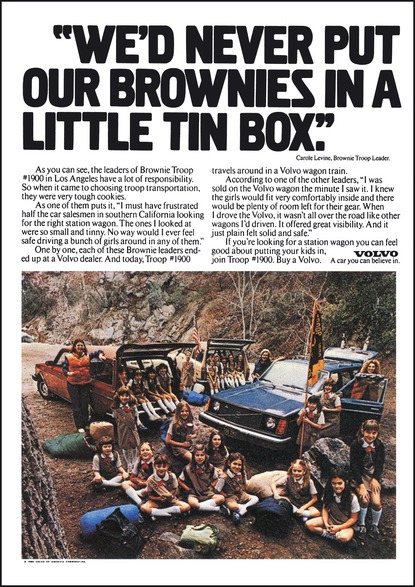
1981 Volvo “Brownies” ad
Unfortunately, Volvo’s relocation from Rockleigh, NJ to Irvine in 2001 gutted the corporate culture. Purged from the loyal Volvo ranks, a large number of longtime experienced employees with extensive product knowledge either did not get invited or chose not to uproot and move across country. Sadly, seven years later when PAG failed and with most of its pieces sold off, Ford would return Volvo to New Jersey. Regrettably it could never reclaim the lost and invaluable experience and expertise that had been willingly sacrificed. Ford ran Volvo off a cliff and without safety, Volvo would not survive the crash as a Ford owned brand.
With the demise of the old guard (Literally, like the three Grail Knights in “Indiana Jones and the Last Crusade” Austin, Hoover and Nicolato, had protected the Volvo brand) a drum beat emanating from Sweden first heard in the mid-1990s grew louder. The message, now, arrived loud and clear. Volvo should move up in the luxury ranks to be priced like Mercedes-Benz and BMW. In the March 23, 1998 Automotive News, a front page photo of Volvo senior management accompanied a story trumpeting “Volvo adds spice to image of safety.” The first paragraph said it all in describing global management’s stated belief that, “(Volvo’s) safety-laden reputation may be too square for today’s buyers.” The corporate mindset of Volvo’s, then, new owner, Ford, proved richly fertile ground for navigating a sea change in brand messaging driven by powerful winds of competitive brand envy.
It became a given by management that, “Safety was “understood” by all customers and, thus, did not need to be promoted. In word and deed it seemed new Volvo management espoused opinions of old Volvo brand values with a palpable disregard bordering on contempt. At a time when the Ford Explorer had a well publicized rollover issue, Volvo, had a suspension design in its newly introduced XC90 SUV that offered greater rollover protection. Volvo had to limit its advertising to avoid comparing its superiority to other brands.

1980 Volvo “LOVE” ad
From the new millennium’s early aughts to its early teens the market witnessed a Volvo intentionally transformed into a brand unintentionally adrift. Where once Volvo advertising resided at the pinnacle of wry humor (We’d Never put our brownies in a little tin box and What four-letter word best describes your car?), its efforts now seemed more “awry humor” that unwittingly insulted the very people to whom Volvo wished to sell.
Volvo’s iconic High Mileage Club’s substantial metal medallions awarded at 100,000 mile increment (Up to 1,000,000 miles) were shelved in place of a decal for every 250,000 miles. The prevailing management thought, then, called for not incentivizing people to keep their Volvos in the hope that they would more frequently buy new ones. Another high mileage Volvo association, the promotion of Irv Gordon, the beloved and world famous million mile driver went to the far back burner.
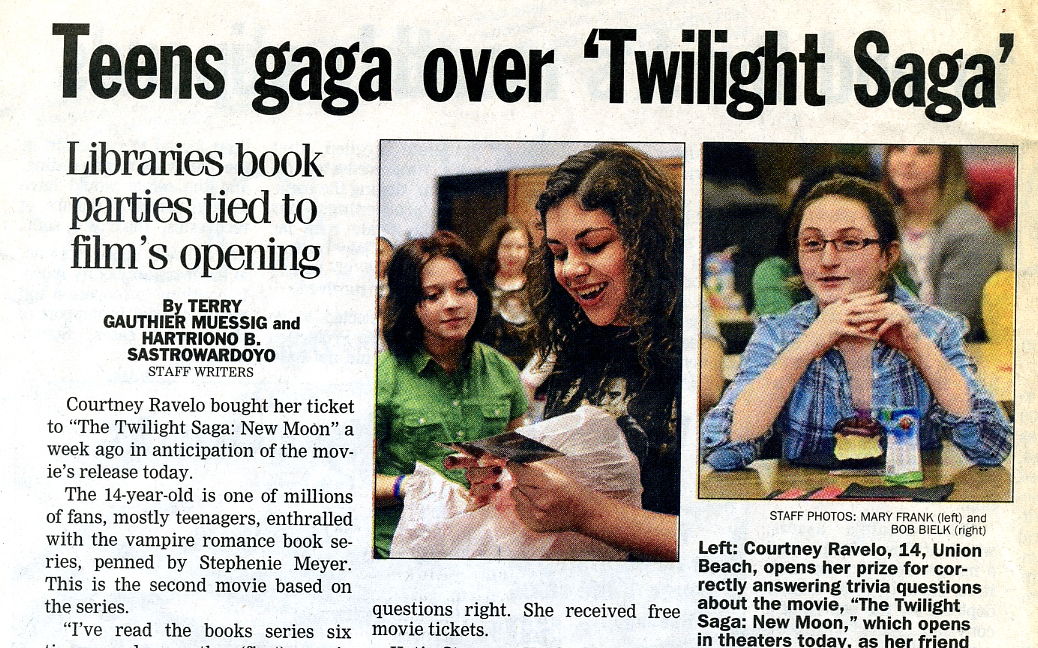
Volvo’s new direction witnessed co-branding promotions whose intent bordered on the threshold of incredulity. Volvo reportedly poured funds into the vampire themed Twilight Saga series of romance fantasy films. The Twilight films targeted young audiences comprised of a significant percentage of teenage girls, many too young to drive. However, Paul Walder, Global Marketing Manager at Volvo Cars said “More younger people think that Volvo is ‘cool’ because Edward drives one and this will impact on their future car buying decision making.” Contestant winners, young women ages 18 an 19 took home new XC60s.
Volvo committed significant dollars, as well, to its association with the film “Pirates of the Caribbean.” This involved people following clues to finding a Volvo buried by a salt water beach in the Bahamas. It is said that the size of the expenditures on the film promotions left little remaining to support North American advertising. Tracking data showed no association between promotional money expended and additional vehicles sold.

Coco Framboise
In a truly head scratching move, Volvo launched a “Naughty Volvo” S60 model promotion possessing the power to drive a stake through the heart (Apparently the vampire thing has stuck with me) of any lingering “family values association” remaining in consumer memory. Promotional events showcased the “Naughty Volvo S60” in venues such as a make-shift “Red Light” district in Toronto featuring “Burlesque star Coco Framboise with sounds provided by DJ Dopey and Poizonus.” The campaign included slogans like “Spank the competition” and “Naughty Volvos are coming.”
The start of the new millennium and the promotion of new values begun under Nasser and Reitzle did not go well for Volvo. From MY2000 with sales of 123,178 to MY2010 where sales had plummeted to 53,948 Volvo had lost its way. For the purpose of this article, the year 2010 will serve as the point in time where the decision on brand betrayal or good business will be determined. Why? By the end of 2010 Ford would have sold Volvo to Geely of China. The price, $1.8 billion. $4.7 billion less than it had paid. The Geely purchase presents a whole new story for a later date.
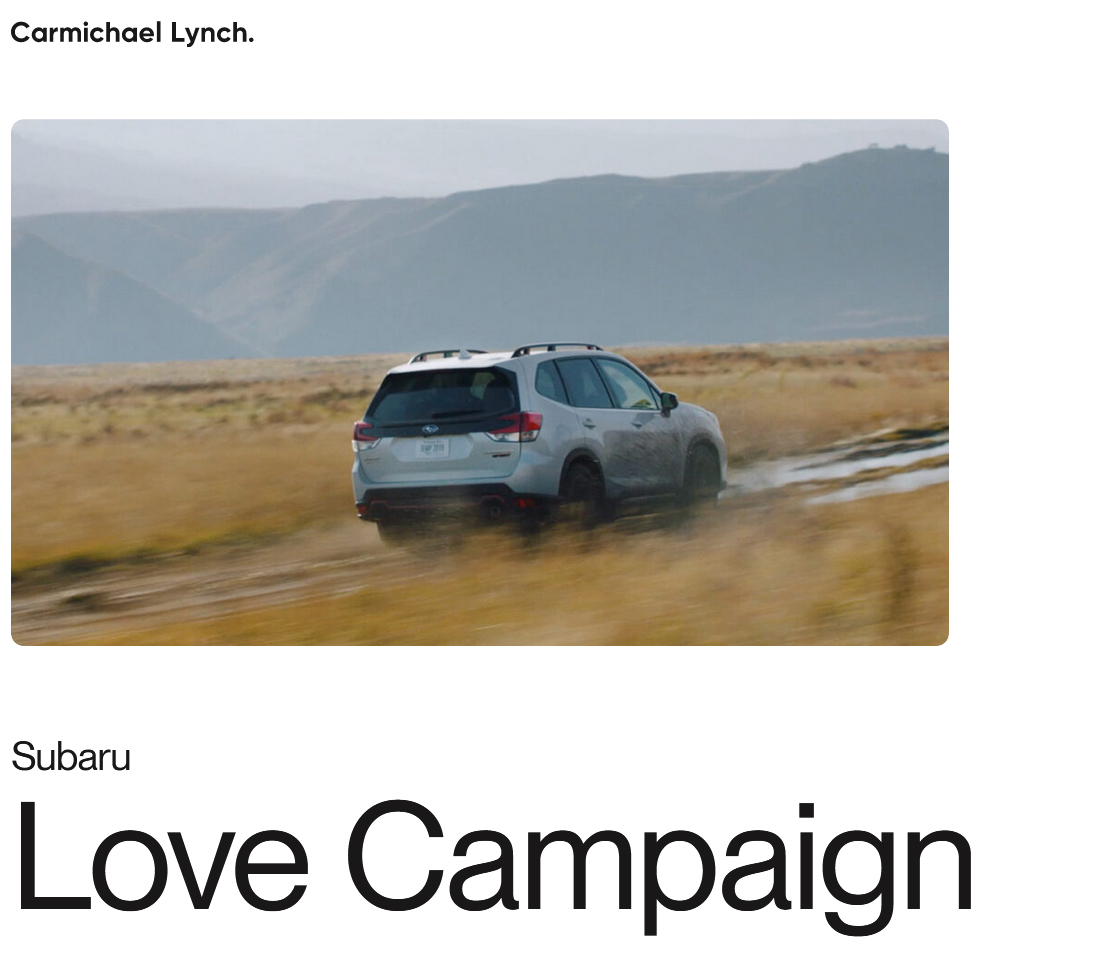
Brand betrayal or smart decision? The plummeting sales volumes and the subsequent sale of the company screams betrayal. However, the good news for the traditional Volvo brand values comes with the success it once again enjoys, but not with Volvo. When Volvo dropped it, Subaru snatched it up and ran. The following quote comes from Subaru’s agency of record, Carmichael Lynch: “How do you stand apart when your competition is spending literally billions of dollars? By connecting with what’s truly important to your audience — not just features they might like, but the life that they love. Their families. Their pets. The great outdoors. Even the venerable old Subaru they’ve been driving forever. In 2007, we introduced the “Love” campaign. In the years since, sales and market share have more than tripled and love has spread to every level of the brand.”
Many industry people recognize that Subaru has drawn heavily from the original Volvo playbook with great success as its reward. Themes like the “Love” Campaign, fund raising, golden retrievers, driver’s stories, environmental concerns and, above all, safety, all masterfully interwoven with a consistent voice and narrative have served Subaru well. From 2009 to 2019 Subaru sales in the U.S. increased 200% from 216,652 units to 700,117 units. Such success has many parents, but the Volvo themes sit at the head of the table.
A humorous aside. Austin, now, Past Volvo Director of Marketing Communications, has a good sense of humor. A number of years back he complimented the Subaru Advertising Manager on Subaru’s wrecking yard “They Lived” TV commercial. With a smile he added, “In fact I liked it when I did it 10 years ago.” Both laughed.
Now what of BMW? Brand Betrayal or Smart Business?

All different model SUVs
BMW, as the Ultimate Driving Machine, despite considerable success faces many challenges in a world racing – some might say hurtling – towards autonomous cars and where visual identity is increasingly harder to come by. (See nearby image of two dozen recent white SUVs from different manufacturers. Can you tell them apart?). BMW does not face this threat to individuality alone. And to be fair, BMW does produce designs a notch above. However, for the most part, unlike years back, today, all of one manufacturer’s model line looks pretty much the same as every other manufacturer’s offerings. Basically everything looks like a jelly bean with a few razor edges added for character. Just sayin’. This causes manufacturers to take desperate measures to distance themselves from the crowd. Have you noticed the more that car designs suffer under imposed hard points accommodating global market homogeneity demands, fuel economy demands and corporate packaging the larger grills have become? 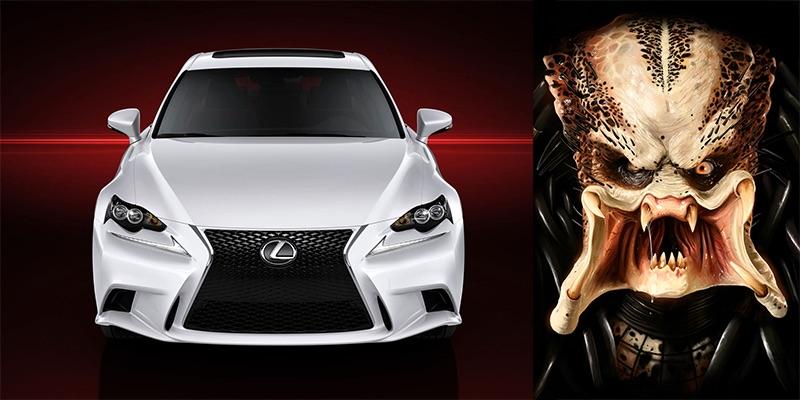 As an apparent natural byproduct of big grill disease, the ugly bordering on downright disturbing aesthetics of some creations produce, in the viewer, a kind of curious morbid fascination like seeing a two-headed cow and wondering how could this be? Case in point, the Lexus “Predator” grill design. Really? Don’t laugh Audi your grill offers no visual feast for sore eyes either. But BMW? It already possessed what many consider one of the most recognizable grills in the business.
As an apparent natural byproduct of big grill disease, the ugly bordering on downright disturbing aesthetics of some creations produce, in the viewer, a kind of curious morbid fascination like seeing a two-headed cow and wondering how could this be? Case in point, the Lexus “Predator” grill design. Really? Don’t laugh Audi your grill offers no visual feast for sore eyes either. But BMW? It already possessed what many consider one of the most recognizable grills in the business.

This brings me to BMW issue number one, the God-awful smiling Tasmania Devil grill. To put things in perspective while it doesn’t quite make me want to scratch my eyes out, it does make the “Bangle Butt” and the first generation Z4 front fender “Z” line border on being fond memories. Yes, a frontal feature that distinguishes and differentiates a design serves a valuable purpose when it does so in an attractive way. However, the Phantom of the Opera wore a mask for a reason.
Does BMW believe that its iconic grill design suffers from being so indistinguishable that “better to be ugly and noticed” offers valid defense of its questionable execution?
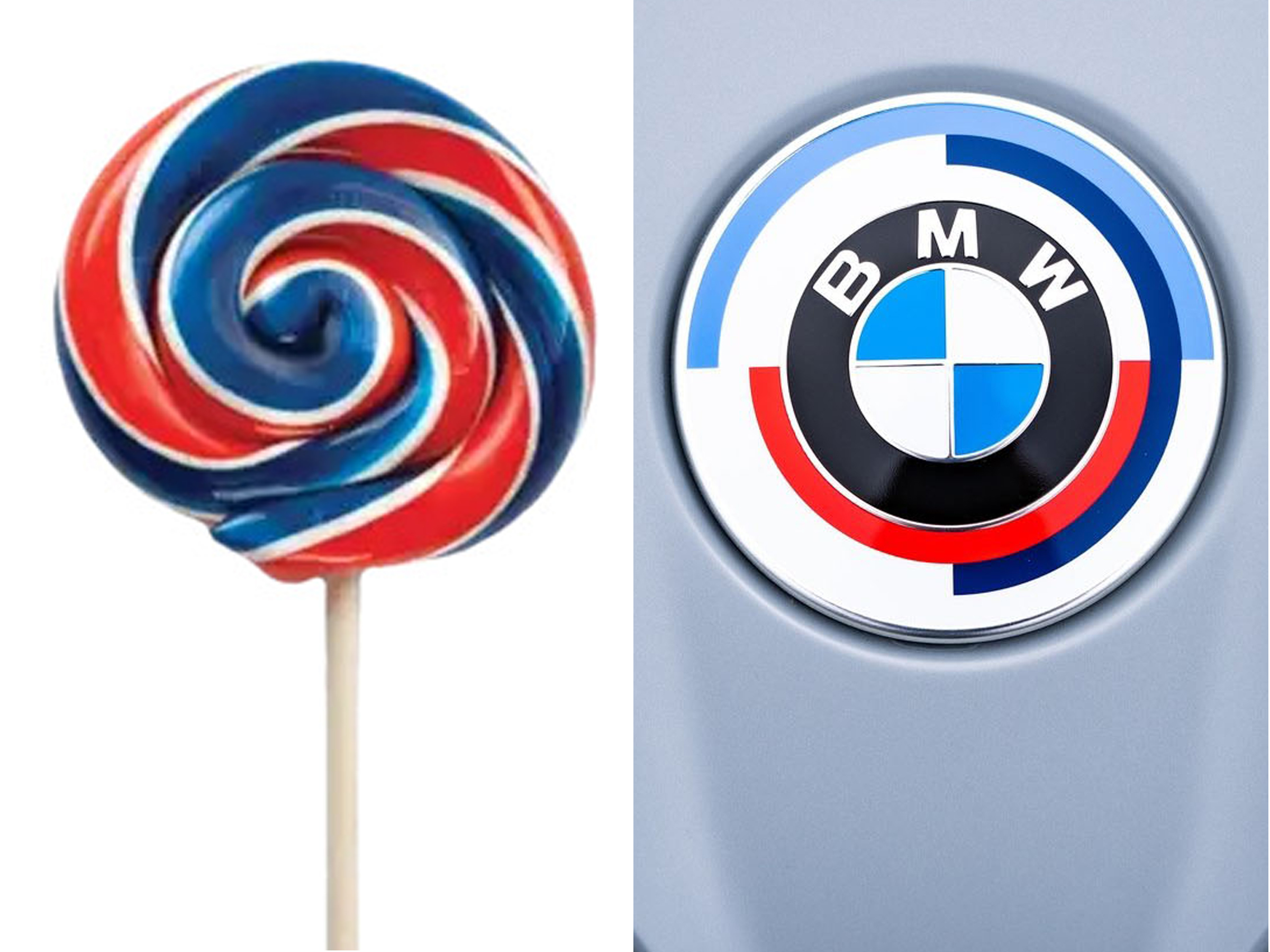
Secondly, the lollipop Roundel. Logos such as Ferrari’s prancing horse, the Rolls-Royce “Spirit of Ecstasy” and, yes, the BMW Roundel trigger a conditioned customer response. A product bearing that badge confirms that that car fulfills that long established brand’s promise. Research suggests that it takes five to ten years for a brand to be established in market consciousness. Common sense would suggest it takes one look at a distortion of the brand icon to confuse the observer. When the revered iconic badge undergoes change, the natural course of thought calls to question what other changes this new symbol might augur?
In the 2004 Automotive News World Congress Helmut Panke, then Chairman of BMW said, “A brand is a promise, a promise that the products of a brand provide substance, authenticity, emotional appeal and heritage.”
Does the jumbo grille and the pin wheel badge seem frivolous and unworthy of the BMW brand in light of Panke’s words.
What do you think?
For those interested in reading that offers insight into Branding and the automobile industry, the following are three recommendations:
- Where the Suckers Moon, An advertising story. Randall Rothenberg, Alfred A. Knopf, 1994
- Branding Iron, Branding Lessons from the Meltdown of the US Auto Industry. Charlie Hughes and William Jeanes, Racom Books, 2007
- Car Guys vs Bean Counters, The battle for the Soul of American Business. Bob Lutz. Penguin Books, 2011

Thanks for this great article, along with the 49 previous ones. I’ve clearly noticed the manufacturers “subtle” shift in branding direction. Sadly BMW, is no longer “the ultimate driving machine”, Mercedes is no longer “engineered like no other car in the world”, Volvo has lost its “safety” cachet. I’m currently driving a Geely and there’s nothing
Volvo-esqe about it.
One might suspect that it has become a market of less discerning buyers and marques are only to willing to accommodate them.
Let’s not mention “The Standard Of The World “ nor “When Better Cars Are Built, Buick Will Build Them”. GM has no equal when it comes to killing off a storied brand.
GM also excelled at killing off models just when they got them right.
I agree with your observations of the change in the marketing strategy for Volvo. I also agee that current Subaru ads seem to have adopted a “Volvo flavor” Well done!
Great to hear from an experienced Car Guy like you. Thank you for the feedback